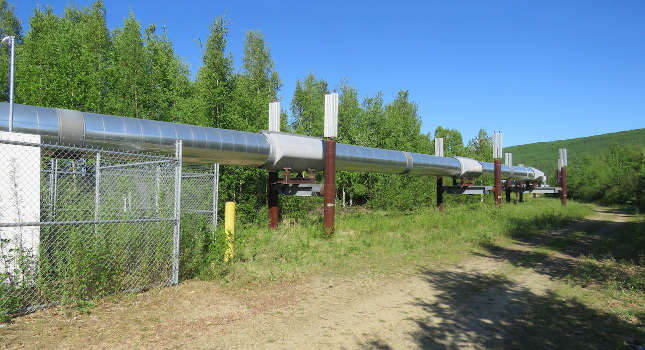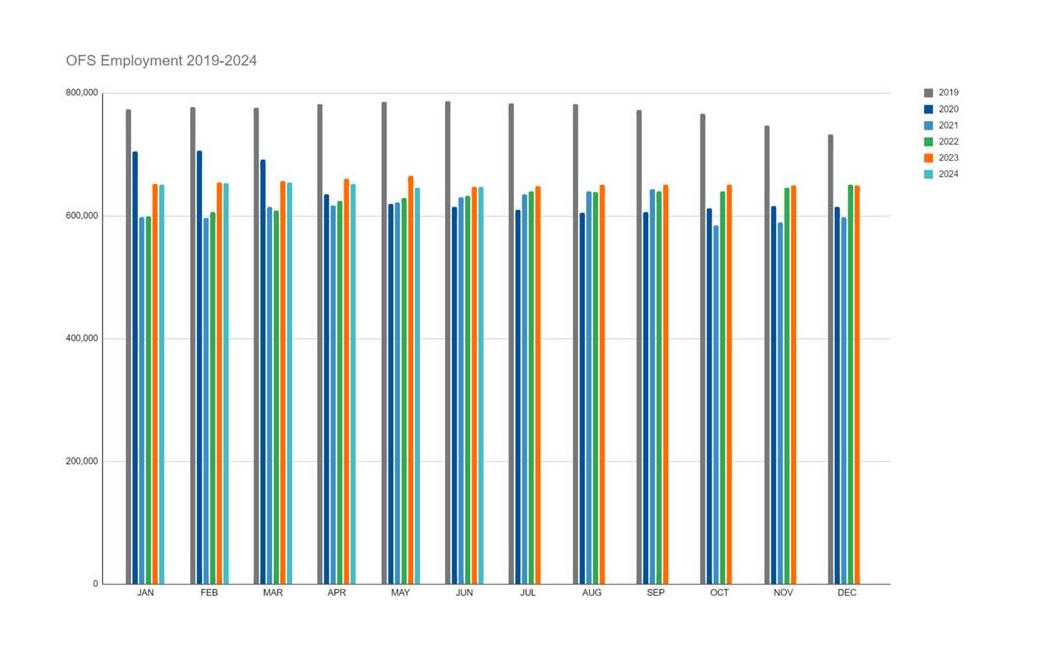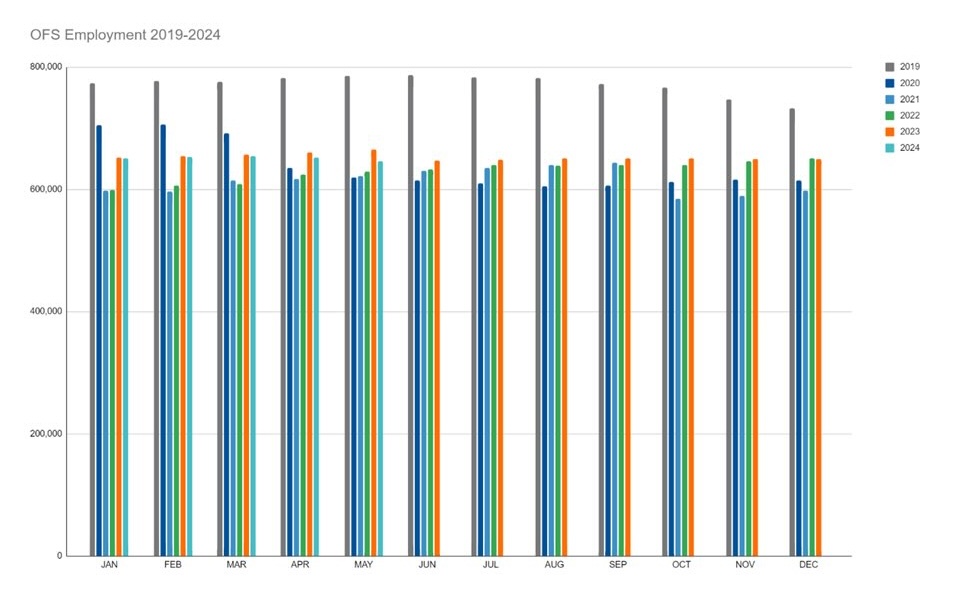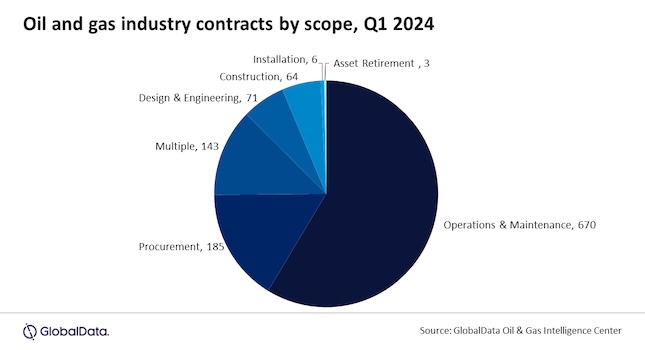Oil rigs are dangerous places to work, but there are ways companies can keep the environment safe for workers.

Oil rigs are dangerous places to work, which is why oil and gas companies must focus on maintaining safe conditions for their workers. The Bureau of Safety and Environmental Enforcement (BSEE) reports there were 160 nonfatal injuries and 65 fatalities on offshore oil rigs in 2020 alone. Because of the injury and fatality risks involved with oil rig work, oil mining companies have strongly emphasized worker safety.
The industry’s emphasis on safety has resulted in a steady decline in oil rig injuries and deaths. In data from 2003 to 2013, the fatality and injury rates sharply declined even though drilling operations increased by 71%. Taking steps to continue improving worker safety on oil rigs is critical for protecting your workers and avoiding costly litigation and penalties. Here are some things oil and gas companies should do to prevent oil rig injuries and fatalities.
Keep proper safety, emergency equipment on the oil rig
Because of the multiple common hazards on oil rigs, prevention is critical. Fires, explosions, electrocutions, slips and falls, and crush injuries are some of the common types of accidents on oil rigs. To prevent some of these types of accidents, oil rigs should ensure they have adequate fall protection equipment in place for derrick hands working on elevated platforms. They should also provide anchors, connectors, positioning lanyards, and body harnesses and require all workers to wear hard hats at all times.
Oil rigs should also ensure they have appropriate first-aid kits so the medic can provide appropriate care when a hospital or medical facility is not near. Under 29 C.F.R. 1910.151, oil rigs must have appropriately trained medical personnel and provide them with medical equipment needed to treat injured workers in emergencies. Some of the types of emergency medical supplies you should keep stocked and available include the following:
-
Man-lifting basket with a four-point harness
-
Emergency blankets
-
Bloodborne pathogen kit, including gloves, face shields, disinfectants, absorbents, and plastic bags
-
Fire blankets
-
Automatic external defibrillators (AEDs)
-
Trauma kits, including wound dressings, gauze, 15-minute oxygen bottles, splinting materials, and cervical collars.
In addition to keeping safety and emergency equipment on board, you should also ensure that your workers undergo thorough training in how to use the equipment you have provided and know where to find it.
Develop comprehensive safety policies and procedures
Instituting a strong safety program for an oil rig should begin by drafting comprehensive safety policies and procedures that conform to the regulations and guidance of the BSEE, which regulates safety on offshore oil rigs. Drafting and implementing comprehensive safety policies and procedures is not enough, however. You must also ensure that all of the workers receive thorough training in the safety measures, including both initially and at regular intervals. Make sure all workers understand the safety rules and their importance. Establish disciplinary measures for workers who violate your safety policies and follow through with appropriate discipline when necessary.
Proper training and creating a safety culture on your oil rig can play critical roles in preventing accidents, injuries, and fatalities. Your workers should understand how to properly maintain and operate all of the equipment on the oil rig, including the safety equipment. They should also learn how to recognize potential hazards and what to do in case of an emergency. All workers should understand the protocols for evacuation to reduce the dangers as much as possible. Failing to properly train the workers on your oil rig could endanger the safety of your crew and the rig itself. Inadequate training could also place you at risk of legal liability for any injury or fatality accidents that might occur while your workers are on duty.
Finally, workers should feel comfortable communicating their safety concerns. Establish a reporting policy, and encourage all of your workers to report any dangers or safety violations they might see without fear of job repercussions.
Regularly maintain and inspect the oil rig
Oil rig surfaces can become slick, making slips and falls real dangers. The surfaces on an oil rig should always be kept clean and free from debris and objects to help prevent these types of accidents. Falling objects, equipment malfunctions, explosions, and fires are also common dangers. Emphasize the necessity of keeping the rig clean and reporting any maintenance issues promptly.
You should have a regular maintenance and inspection schedule for your oil rig. Completing regular maintenance inspections on all of the equipment and machines can help reduce the risks of oil rig accidents and catastrophic injuries. Regular maintenance and inspections can also help prevent your equipment from failing prematurely, allowing you to avoid costly downtimes and potential explosions.
When you identify a worn machine component, you should promptly replace it instead of waiting for the machine to break down before servicing it. When you fail to replace machine parts before they fail, you place your workers at risk of serious accidents and injuries. Regular maintenance and inspections of all of the equipment and machines on an oil rig can help ensure the working environment is safer. During your inspections, make certain equipment and machines comply with industry standards, and repair or replace any that do not.
The National Institute of Occupational Safety and Health (NIOSH) has created a monthly rig check inspection checklist that you can use to ensure inspections are thorough. You can use this checklist to ensure inspections are comprehensive and to help identify hazards that might otherwise be overlooked.
Preventing injuries and fatalities on oil rigs is critical. While oil rig work carries significant risks, companies can take steps to create a safety culture and increase the safety of the work environment. Ensuring workers receive full training and always wear their safety gear can go a long way to creating an injury-free environment on an oil rig. Protecting workplace safety can also help protect both your crew and your profits while reducing your risks of substantial penalties and potential legal liability.
– DEP is a CFE Media and Technology content partner.



